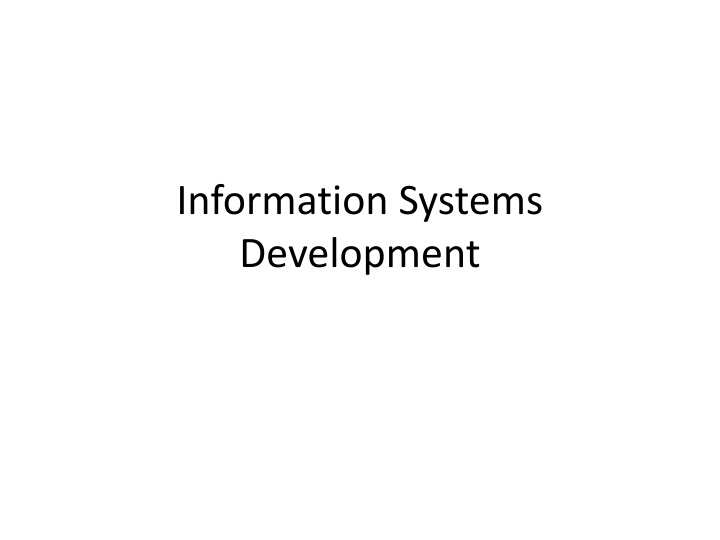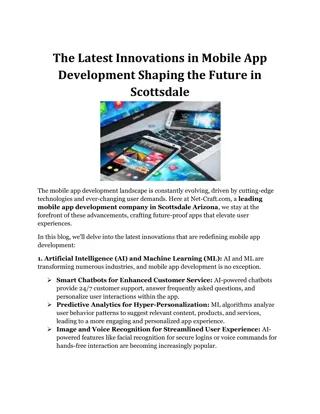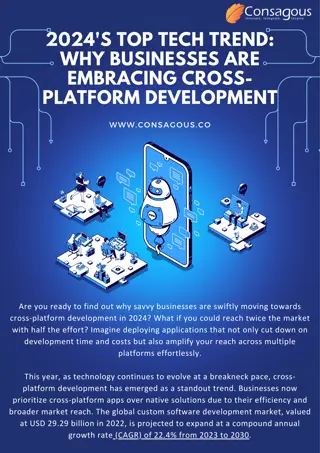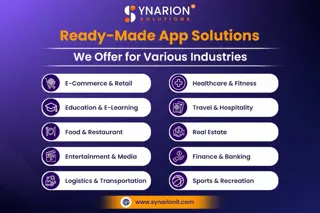
Information Systems Development
Learn about the traditional approach to Systems Development Life Cycle, the necessity of formalizing the process, roles in systems development including systems analysts and programmers, system investigation, systems analysis, and systems design. Explore the stages involved in developing information systems and the importance of system stakeholders in successful project completion.
Download Presentation

Please find below an Image/Link to download the presentation.
The content on the website is provided AS IS for your information and personal use only. It may not be sold, licensed, or shared on other websites without obtaining consent from the author. If you encounter any issues during the download, it is possible that the publisher has removed the file from their server.
You are allowed to download the files provided on this website for personal or commercial use, subject to the condition that they are used lawfully. All files are the property of their respective owners.
The content on the website is provided AS IS for your information and personal use only. It may not be sold, licensed, or shared on other websites without obtaining consent from the author.
E N D
Presentation Transcript
Information Systems Development
Systems Development Life Cycle Traditional approach of systems development Why such approach was necessary? To formalize the process Waterfall model: initial SDLC form One stage had to be completed to start the next stage
Roles in Systems Development Systems Analyst Business analyst, business systems analyst An IS professional; an expert in analyzing/designing information systems Programmers IS professionals who modify existing programs or write new programs to satisfy user requirements Technical Specialists Those who are experts in specific technologies System Stakeholders All those who are affected by the systems development project
System Investigation Understanding the business problem The more time spent, greater chance for success Not only internal Feasibility studies Determines the probability of success of the proposed systems development project Technical feasibility Whether hardware, software, communication infrastructure could be made available Economic feasibility Breakeven analysis, ROI, NPV, etc. Behavioral feasibility Human issues
Systems Analysis Examination of the business problem that the organization plans to solve with an information system Defines the business problem, identifies its causes, specifies the solution, and identifies the information requirements that the solution must satisfy Result: 1.Do nothing and continue to use the existing system unchanged 2.Modify or enhance the existing system 3.Develop a new system
Systems Design How the system will help solving the business problem System outputs, inputs, and user interfaces Hardware, software, databases, telecommunications, personnel, and procedures How these components are integrated Logical systems design States what the system will do, with abstract specifications. Physical systems design States how the system will perform its functions, with actual physical specifications.
Programming Two options in implementing systems Buy a packaged software Develop in-house What are the roles of programming in each option What are the benefits of custom software? What are the drawbacks of custom software?
Programming: Implementing an algorithm
Testing Checks to see if the computer code will produce the expected and desired results under certain conditions. Why is testing necessary? What kind of errors are tested for? Syntax errors, logical errors Good-enough software Software released knowing the existence of bugs Unavoidable as software complexity increases Still meets functional objectives and all show- stopper bugs have been removed
Implementation Process of converting from the old system to the new system Four approaches: Parallel conversion: Both systems run simultaneously Direct conversion: old system is cut off and the new system is turned on at a certain point in time Pilot conversion: Introduces the new system in one part of the organization, such as in one plant or in one functional area Phased conversion: introduces components of the new system, such as individual modules, in stages.
Operation and Maintenance After implementation, operation continues until the system no longer meets its objectives Audits are performed to evaluate its costs and benefits Maintenance is required throughout the operations Debugging Updates New functionality
Example Organize the suppliers of a manufacturing organization What are the requirements? How is the database designed? What are the interfaces? How does the system work?
Alternative Methods for Systems Development Prototyping Used when the problem is not clear/complex Identifies a set of requirements and build the first prototype Iterative development Advantages Speeds up development Clarification/elicitation of requirement Disadvantages Excessive iterations Time consuming
Alternative Methods for Systems Development Joint Application Design Group-based method for collecting user requirements and creating system designs Used in analysis and design phases All users take part in discussions for requirement elicitation at regular group meetings Analysts talk to and observe all individual users to elicit their requirements Has advantages and disadvantages
Alternative Methods for Systems Development Rapid Application Development Rapidly creating applications using JAD, prototyping and integrated CASE tools A typical RAD package includes Graphical User Interface Environment Code generator Re-usable components Object oriented development Common and standard objects Programming language
Systems Development Outside IS Department End User Development Current IT users are not fully dependent on IS staff Users do lots of ad-hoc programming while IS staff having control over hardware, software etc. External acquisition of software Make-or-buy decision involved Cost of off-the-shelf software could be lower Quality could be higher However, has disadvantages as well






















